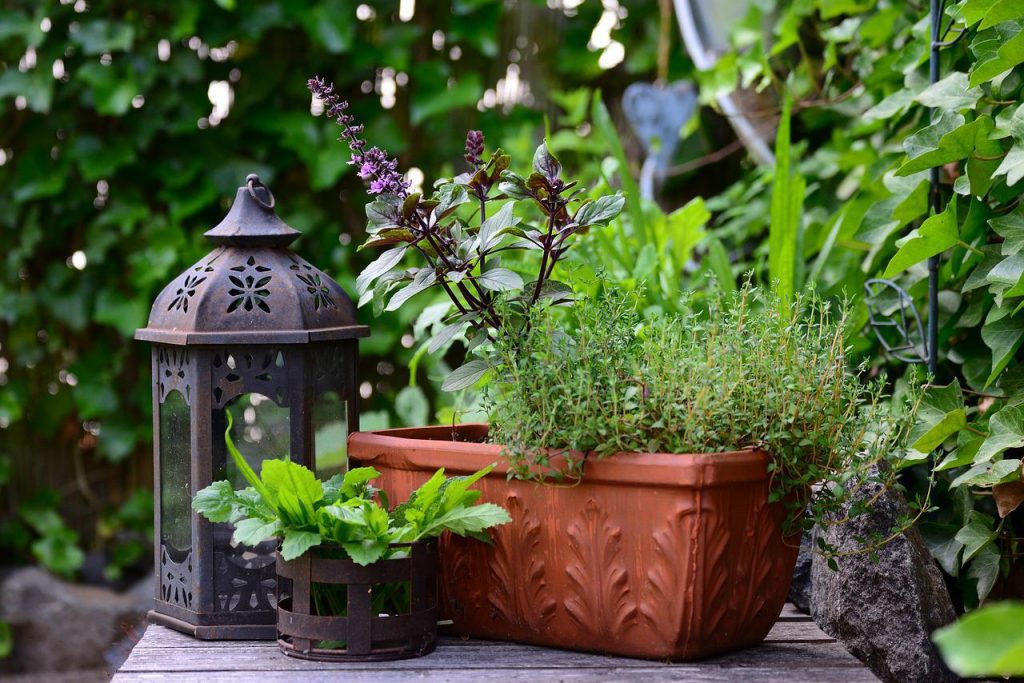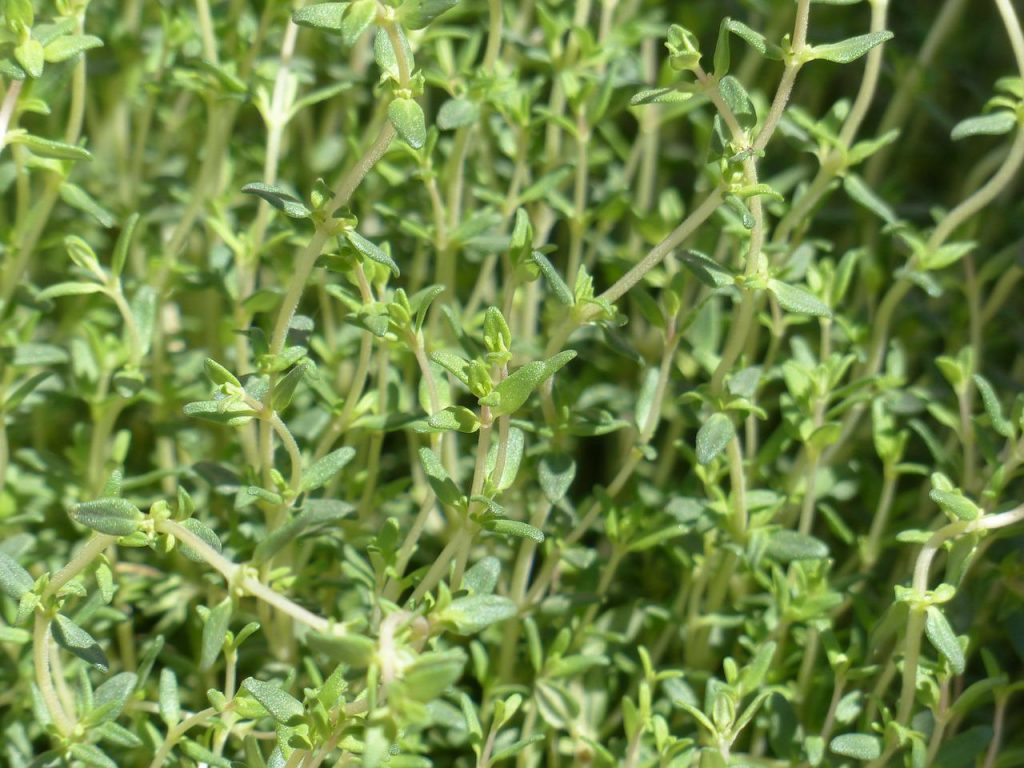It grows in the garden, in windows, on balconies, but you can also pick thyme in the meadow on a hike. It is an excellent herb and herbal remedy, and its tea smells like a summer meadow!
Thyme (Thymus vulgaris L.) is one of our most commonly used culinary herbs, along with parsley, rosemary and sage, because of its distinctive flavour. It is a versatile plant, as its medicinal properties mean that it can be found in many families’ household pantries. The best spice or herbal tea is obtained from the shoots collected when in flower.
A Favourite Of The Gods And A Symbol Of Courage
Thyme, like many other aromatic herbs, was used in ancient times to preserve meat. Thyme was also often sprinkled on sacrificial animals to make them more acceptable to the gods. It is presumably from these customs that thyme now occupies a place on the spice shelf.
The plant’s medicinal properties were also known in ancient times: the Romans used it as a cough suppressant and digestive stimulant. Over time, during epidemics, it was used to prevent the spread of infections. The scientific popularity of the plant is also shown by the fact that the thymus, discovered by anatomists, was named after the shape of the thymus flower, which resembles that of the thyme flower.
In England, ladies used to embroider a bee hovering over a sprig of thyme on their knights’ epaulettes as a sign of courage. Thyme was believed to prolong life. Research has since confirmed this: thyme does indeed delay the ageing process.

Thyme, the Herb
It can be made into a delicious tea to help relieve sore throats and coughs. It also helps with indigestion, is an anti-inflammatory and diuretic, and reduces menstrual pains.
For tea, steep two teaspoons of dried thyme in a cup of boiling water for 10 minutes. It is unnecessary to use more than one herb, as the tea will be bitter.
It also grows in the wild, so it’s worth picking it when you go on a hike
Its essential oil has a restorative and calming effect. It disinfects the air in the sick room and is good for flu and colds. It stimulates the erotic urge. Evaporate up to two drops of the oil at a time. It retains its aroma well when dried
What To Watch Out For
Pregnant and nursing mothers and those suffering from thyroid insufficiency should not use thyme in medicinal quantities.
Fresh Thyme In The Garden
Purple flowers sit on the stems of this perennial half-shrub. In mid-summer, you can constantly smell its fragrance in the garden. It can be propagated from seeds, shoots, or cuttings. Seed germination requires a minimum of 70 degrees. For greening, place 3-inch pieces cut from the stem in moist sand. Root shoots will emerge within two weeks.
How to Use Fresh Thyme
Most often used in the kitchen as a flavoring for meats, mushrooms, tomato dishes, and spicy cottage cheese, it is an essential spice in Mediterranean cuisine
You can use it in pasta sauces, especially tomato-based ones, but thyme is also very good in cream and mushroom stews. If you’re cooking grilled chicken, feel free to stick an apple and a few sprigs of thyme in the cavity, but you can also throw some in with other natural meats.
Thyme is also very good with roasts and stews
Salmon and various sea fish also like the company of a little lemon, but even the simplest mushrooms, such as chili, can be spiced up with a pinch of thyme.
It also adds a lot of character to vegetables with a more neutral flavor and goes well with courgettes or potatoes, whether cooked in a pan, mashed, or boiled with cream. You can even make salads more special by crumbling a little thyme into the dressing.
It’s also a great ingredient for cooking, pickles, and meat. It also makes a great pair with rosemary, sage, and marjoram. Excessive use of this herb should also be avoided during pregnancy.
The herbaceous part above the foliage and the leaves, which are rich in essential oils, can be used as a spice, but it is also very popular as a medicinal herb because of its thymol content.
Last updated: September 24, 2023



Comments are closed.